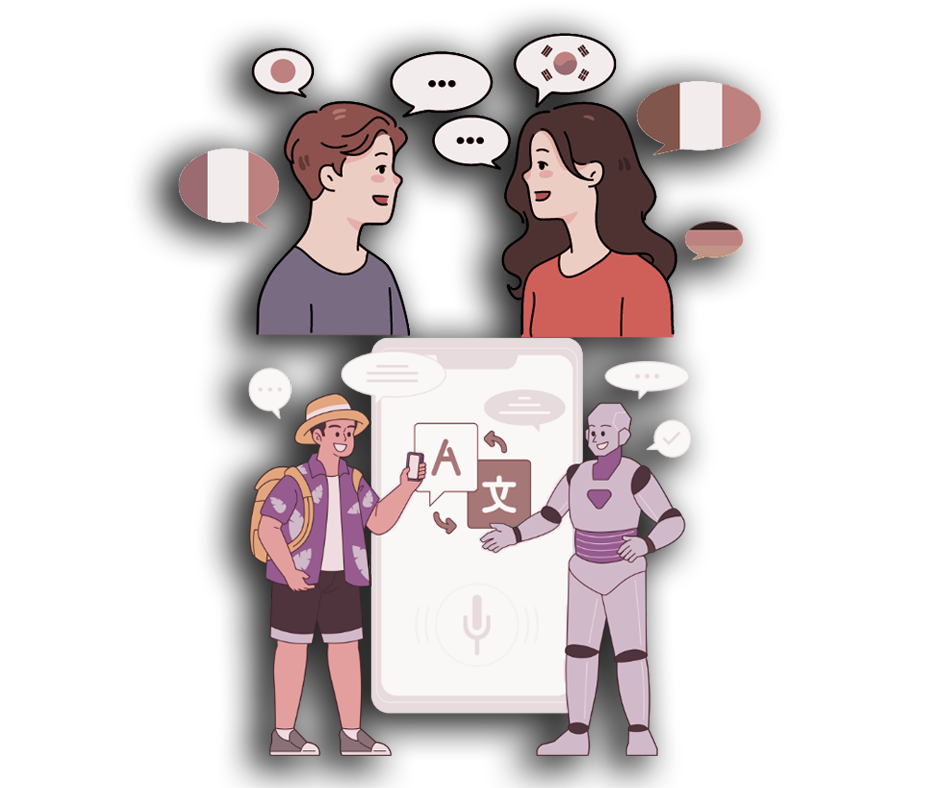In the ever-evolving world of language and communication, machine translation (MT) has emerged as a powerful tool, blurring the lines between human and artificial intelligence. While some hail MT as a revolutionary force, others express concerns about its potential impact on the role of human translators. Let’s delve into the heart of this debate, exploring the advantages and limitations of both approaches.
The Rise of the Machines: Unveiling the Power of Machine Translation
Machine translation has come a long way since its rudimentary beginnings. Today’s sophisticated algorithms can process vast amounts of linguistic data, enabling them to translate text with impressive accuracy and fluency. Some of the key advantages of MT include:
- Speed and Efficiency: MT can translate large volumes of text in a fraction of the time it would take a human translator. This makes it ideal for tasks like website localization, news translation, and social media monitoring.
- Cost-Effectiveness: Compared to human translation, MT is significantly cheaper, making it an attractive option for budget-conscious projects.
- Accessibility: MT tools are readily available online and often free to use, making them accessible to a wider audience.
The Human Touch: Why Human Translators Remain Indispensable
Despite the advancements in MT, human translators continue to play a vital role in the language industry. Here’s why:
- Nuance and Creativity: Human translators possess a deep understanding of language nuances, cultural references, and humor, which are often lost in machine translation. They can adapt their translation style to suit the specific needs of the target audience and purpose of the text.
- Quality and Accuracy: While MT is constantly improving, it can still produce errors, especially when dealing with complex or idiomatic language. Human translators can proofread and edit MT outputs to ensure accuracy and quality.
- Expertise and Specialization: Human translators can specialize in specific fields, such as legal, medical, or technical translation, ensuring they have the necessary domain knowledge to deliver accurate and relevant translations.
The Future Landscape: Collaboration is Key
The future of translation lies in the harmonious collaboration between humans and machines. MT can handle large-scale, repetitive tasks, while human translators can focus on complex projects requiring creativity, cultural sensitivity, and domain expertise. This collaborative approach can leverage the strengths of both machines and humans, ultimately leading to higher quality translations that meet the diverse needs of clients.
In conclusion, machine translation is a valuable tool that can automate repetitive tasks and increase efficiency. However, human translators remain essential for ensuring accuracy, nuance, and cultural sensitivity in complex projects. The future of translation lies in collaboration, where humans and machines work together to deliver exceptional language solutions.

